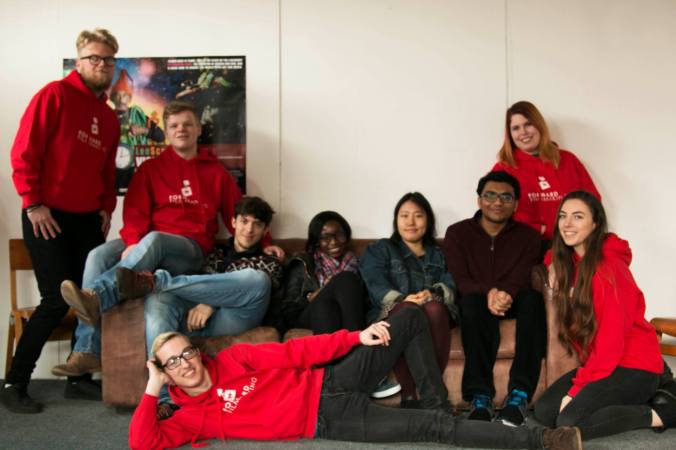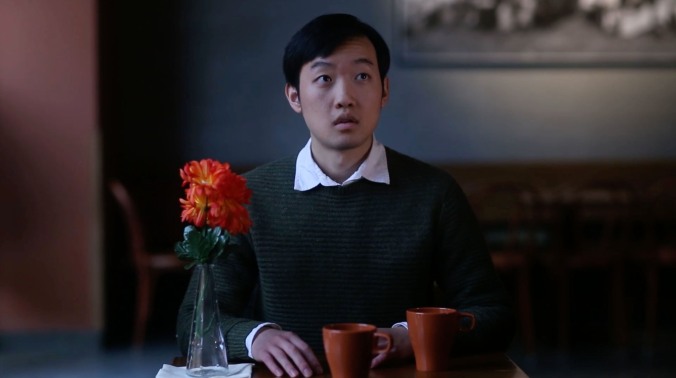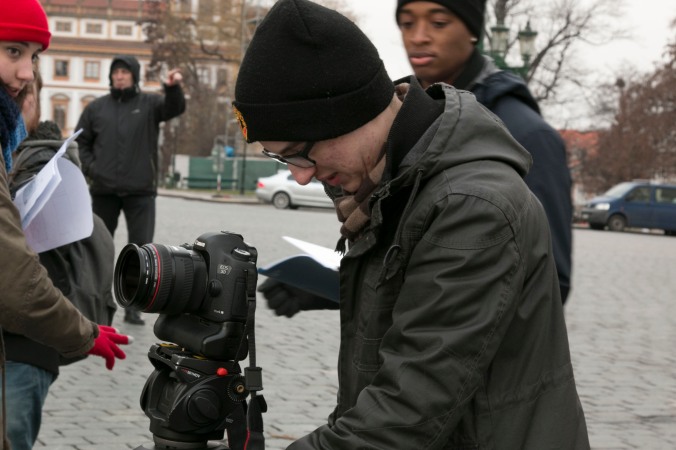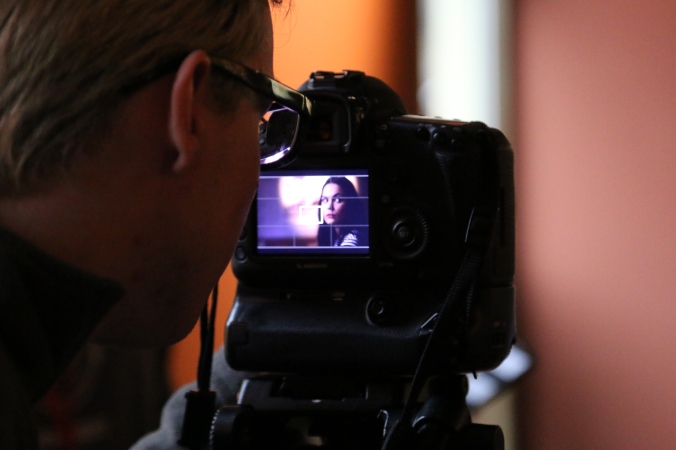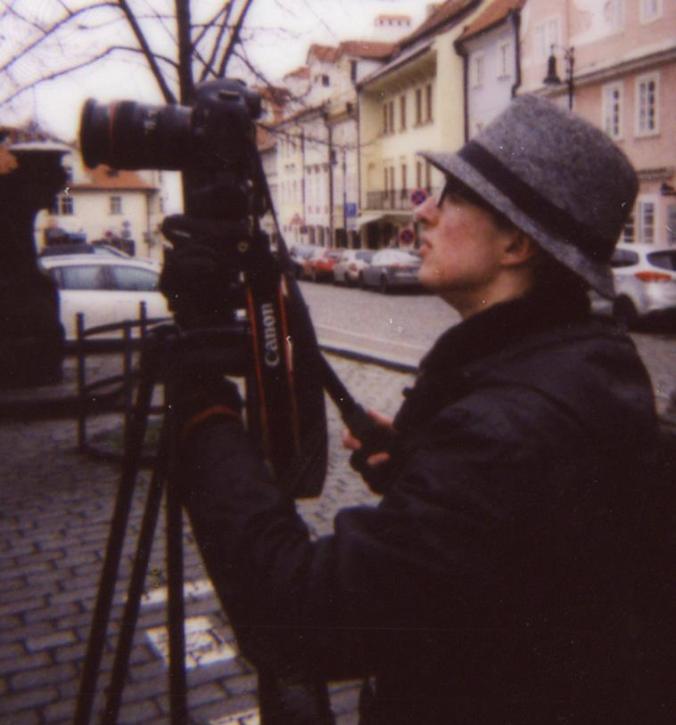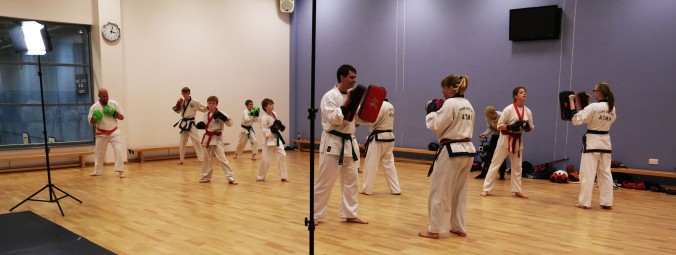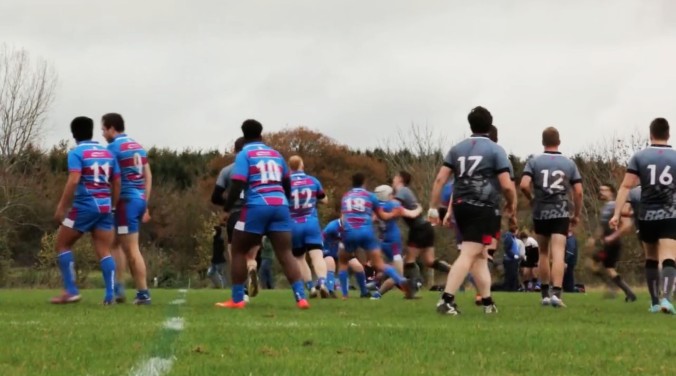
NUBI Magazine is a online business based in Birmingham, UK. They have a small core team of 15 creatives who write, record, and shoot content for the online platform. Aimed at ‘millenials’, 18-27, NUBI Magazine is about the new and the original. Similar to VICE, content is created for audiences just off the edge of mainstream media. The up and coming artists, underground fashion, and subjects about to hit new heights.
I am working at NUBI as a content creator intern. My responsibilites include but are not limited to, coming up with new ideas, assisting video and photography shoots, writing articles, and networking in the midlands area. I started April 20th and have so far enjoyed this fantastic opportunity. I have developed new contacts in the media world, flirted with journalism, and planned a mini-doc series on street art for their new YouTube channel.
NUBI also has a commercial division, this is NUBI Natives. Natives has very similar targets to it’s magazine counterpart. It develops and promotes young brands to it’s audiences, promotional videography, photography, brand design and web design included.

My internship at NUBI gives me the opportunity to work on both ends of the business. NUBI Magazine offers me extremely gratifying creative freedom, I have the ability to do passion projects, do what I want, as long as it is targeted at millenials (myself). In addition I will gain further professional skills and thought process as I work with clients at NUBI Natives.
As an aspiring director of photography, this internship at NUBI gives me the fantastic opportunity to develop my practice in the commerical sector. Working for a variety of clients, adding diversity to my experience. My camera and lighting skills will differ by project. I will learn a lot about meeting and succeeding expectations, delivering on tight schedules, and networking advice.
Overall I look forward to spending the next few months working for NUBI, I hope to become an integral team member both on and off the field.




